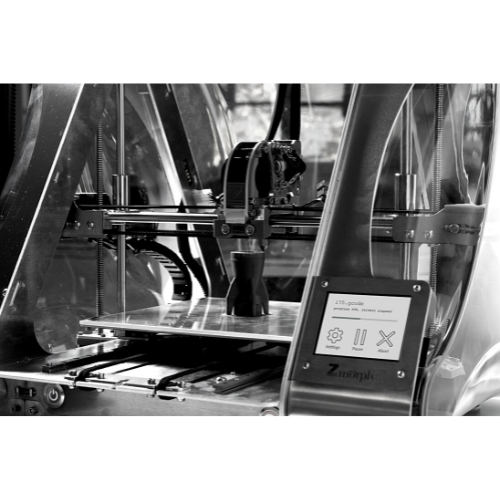One of the most significant considerations when it comes to 3D printing is the cost. The cost of 3D printing can vary widely depending on a range of factors, including the type and quality of the 3D printer, the materials used for printing, and any post-processing required.
The costs related to 3D printing
The cost of 3D printing an object depends on a number of factors, including the size and complexity of the object, the type of 3D printer being used, and the material being printed with.
| Factor | Description | Cost (EUR) |
|---|---|---|
| 3D Printer | The cost of the printer itself | 200-10,000+ |
| Filament | The material used for printing | 20-100 per kg |
| Design | The cost of creating or obtaining a 3D model | 0-500+ |
| Electricity | The cost of powering the printer | 0.10-0.20 per kWh |
| Post-processing | The cost of any additional treatments or finishing touches | 0-50+ |
Note: these costs can vary widely depending on a number of factors, including the size and complexity of the object being printed, the quality of the printer and filament used, and any additional expenses associated with post-processing. Additionally, some of these costs may be amortized over multiple prints, as the printer itself and any design work may be used for multiple projects.
The cost of 3D printing materials
Here is a table outlining the approximate cost ranges for commonly used materials in 3D printing:
| Material | Description | Cost (EUR per kg) |
|---|---|---|
| PLA | A biodegradable, plant-based plastic | 20-40 |
| ABS | A strong, durable plastic | 25-50 |
| PETG | A strong, flexible plastic | 30-60 |
| Nylon | A strong, flexible, and impact-resistant material | 50-100 |
| TPU | A flexible, rubber-like material | 50-100 |
| Resin | A liquid material cured with UV light | 50-200+ |
| Metal | Various metals (e.g., stainless steel, titanium, aluminum) | 100-500+ |
Note: the costs are approximate and can vary widely depending on factors such as the specific type and quality of the material, the quantity purchased, and the supplier. Additionally, some materials may require specialized equipment or settings in order to be 3D printed, which can affect the overall cost of the printing process.
How much does it cost to 3D print an object?
In general, smaller and simpler objects will be less expensive to print than larger and more complex ones.
Here are some rough estimates for the cost of 3D printing a few common objects:
– A simple, small object (e.g. a keychain) may cost just a few dollars to print.
– A medium-sized, moderately complex object (e.g. a phone case) may cost several dollars to print.
– A large, highly complex object (e.g. a full-sized chair) may cost hundreds or even thousands of dollars to print.
Keep in mind that these are just rough estimates and the actual cost can vary significantly based on the specific object and printer being used. The cost of the material being printed with is also a factor, and different materials have different price points. It’s a good idea to research the cost of different materials before deciding which one to use for a specific project.
Factors affecting the 3D printing cost
Here are some of the factors that can affect the cost of 3D printing an object:
– Size and complexity of the object: larger and more complex objects will generally be more expensive to print than smaller and simpler ones. This is because the printer has to lay down more layers of material and make more precise movements to create the object, which takes more time and resources.
– Type of printer: different types of 3D printers have different operating costs, including the cost of the printer itself, the cost of maintenance and repair, and the cost of consumables such as filament or resin. Professional-grade industrial 3D printers may be more expensive to operate than consumer-grade printers.
– Material being printed with: different materials have different price points, and the cost of the material can make up a significant portion of the overall cost of a 3D printed object. For example, printing with a more expensive material like titanium may be more costly than printing with a more affordable material like PLA.
– 3D Printing resolution: higher printing resolutions will generally result in longer print times, which can increase the overall cost of the object.
– Quantity: If you are producing a large number of identical objects, the cost per object may be lower than if you are producing a smaller number of objects. This is because the fixed costs of setting up the printer and preparing the design file are spread out over a larger number of objects.
Overall, the cost of 3D printing an object can vary significantly based on these and other factors. It’s generally a good idea to use a slicing software to estimate the print time and cost before starting a print.
